In early April, we did a tour to three classic white wine regions in France: Chablis, Sancerre and Champagne. The vines had just recovered from the cold winter and tiny green buds braved the cold. It looked pretty bare in the vineyard. So a good opportunity to see how the vines are pruned. Each season offers something interesting in the vineyard.
Chablis is a small wine region, easy to understand. They just grow one grape, the chardonnay, and the wines generally have a refreshing acidity and character. You can find chardonnay in vineyards all around the world. If you want to go back to the “original” chardonnay (without saying it is necessarily better!), then you should try Chablis.
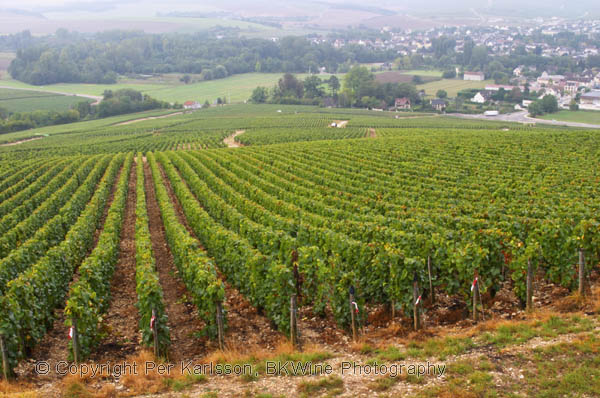
Elegant Chardonnay in Chablis
There is hardly any wine country today that does not grow at least some chardonnay. It is a relatively easy grape to grow. It does well more or less everywhere. But of course there are regions where it excels
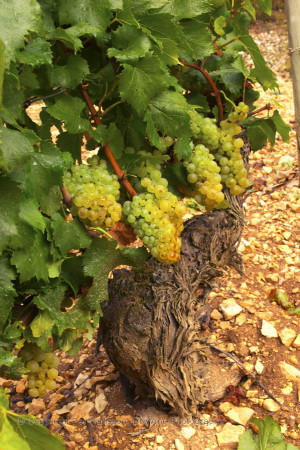
In the calcareous clay in Chablis chardonnay thrives particularly well. A Chablis is more a Chablis than a Chardonnay. The terroir here influences the wine and the grape’s character will not be as distinct. Instead, the wine is a bit more complex. A Chablis is a bit sharper, a little less buttery and more refreshing than most other Chardonnay wines we can find around the world. The cool climate naturally plays a role here. Chablis is located in northern France and this is very obvious to the growers not least in spring time when frosts sometimes threaten the tender shoots.
Famous William Fèvre
William Fèvre is a well-established and famous domain located in the middle of the small town of Chablis. It was run until a few years ago by William Fèvre himself until he sold the company and the brand to Champagne Henriot. The family was smart though and kept the vineyards which are now leased to Henriot. And the vineyards are very well located. Half of the 48 hectares is premier cru and grand cru.
“We harvest everything by hand,” says Alain Marcuello, who shows us around, “we are one of the last in Chablis. Almost everyone else harvest by machine. We need a total of 200 harvest workers. ”
Fèvres wines are unusually powerful for Chablis wines. “We keep the wines on the lees,” said Alain, “but without batonnage (thus no stirring of the lees). It gives us just enough fatness and richness in the wines. A Chablis should not to be too rich. ”
Rich and mineral
At Domaine Fèvre they are trying to find just the right balance between richness and minerality. And most of the time they find if.
Their “base wine” Chablis 2011 (11.80 euros) has pleasant citrus aromas and balance and elegance. Only 10% of the must is fermented in oak barrels. They do not want oaky aromas in the wine, just the small amount of oxygen from the oak that gives the wine some additional complexity.
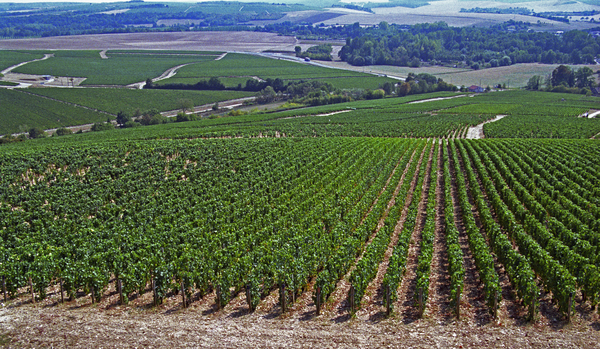
Among their many premier cru wines Chablis 1er Cru Les Lys my favourite. The soil here is pure Kimmeridge, the best land in Chablis. Kimmeridge-soil if from the younger Jurassic era and consists mainly of chalky marl and limestone. *
Here at Les Lys the vines are old, over 60 years. “Les Lys has a cold soil,” said Alain, “it gives the wine minerality and a good structure.” We taste vintage 2009 with is pure and fresh (23 euros).
Some other 1er crus from Fèvre
Chablis 1er cru Vaillons 2009
Fairly strong aromas from the oak on the nose but balanced and pleasant taste. Some honey in the aftertaste. 40% of the wine is aged in oak barrels for five months. The rest is aged in tanks. Good body thanks to the warm soil on the Vaillons-slope. (21 euros)
Chablis 1er cru Vaulorent 2009
Rich in flavour and great concentration. This premier cru is located just next to the Grand Cru Les Preuese.
Chablis 1er cru Fourchaume 2008
Fourchaume is the largest premier cru in Chablis. Here we have a very good concentration and a high, refreshing acidity. Nice aromas of ripe apricot and melon. The taste is smooth and intense. Will age beautifully.
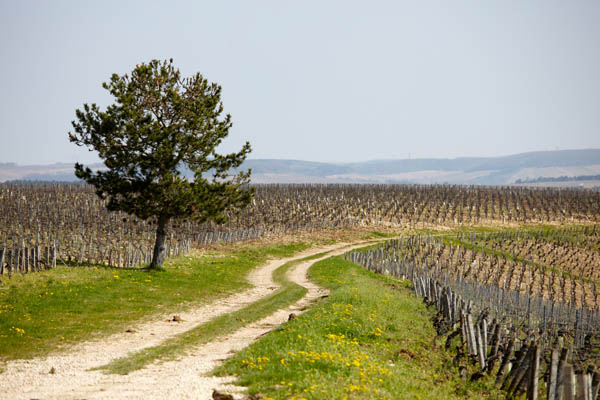
Silky Grand Cru
The Grand cru wines from Fèvre are about 45-50 euro if you buy them directly at the domain. Maybe they are not always twice as good as the premier cru wines. What strikes me most when I taste William Fèvre’s grand crus is the length of the after-taste and the silky sensation in the mouth. So yes, you get quite a lot of wine for the money. And they will age nicely in your cellar.
Valmur Chablis Grand Cru 2008 will be lovely in 20 years’ time, says Alain. But it is not difficult to enjoy it already. Valmur is fermented and aged in oak barrels for four months. Not too long so the oak aromas are kept to a minimum.
Another great Grand Cru from Fèvre Chablis is Bougros «Côte Bouguerot» 2008. Here we find a variety of flavors: peaches, white flowers, spices, citrus. Also some honey and butter. The vineyard is a steep south-facing slope with poor soil that gives small grapes with great concentration.
Chablis is the pure expression of the chardonnay grape. You can be tired of chardonnay but never of Chablis.
*) Several other wine regions in the so called Paris Basin also have Kimmeridge-soil, for instance the Aube, which is the southernmost part of Champagne, Sancerre and Pouilly-sur-Loire.
[box type=”info” style=”rounded” border=”full”]Visiting three great white wine regions on one tour is a unique and very enjoyable wine experience. BKWine regularly organises wine tours to the three classics: Chablis, Champagne, Sancerre.[/box]



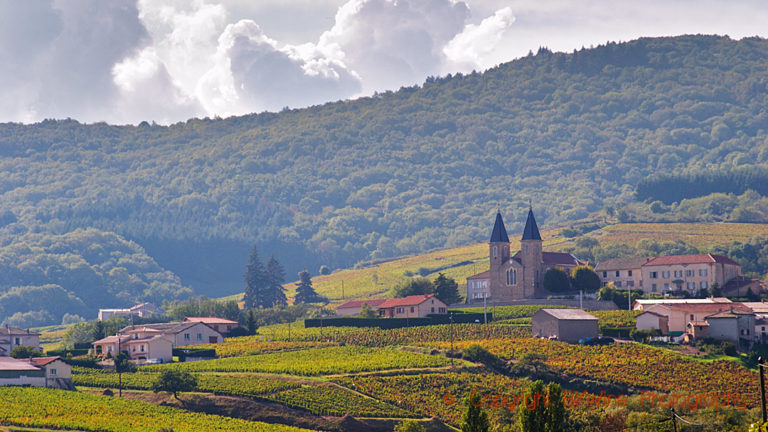
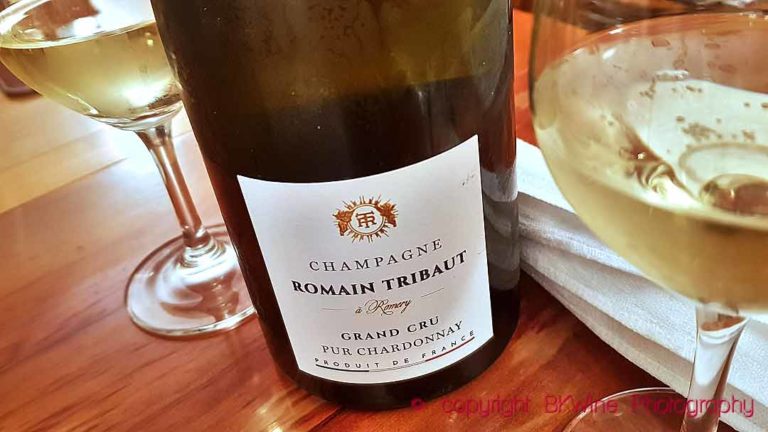
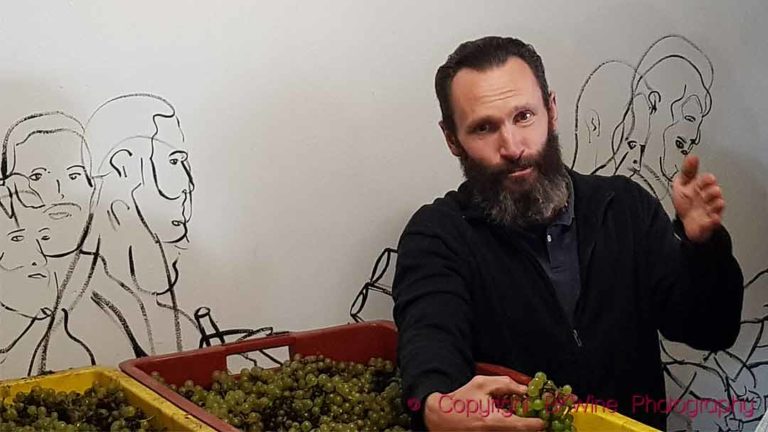





One Response